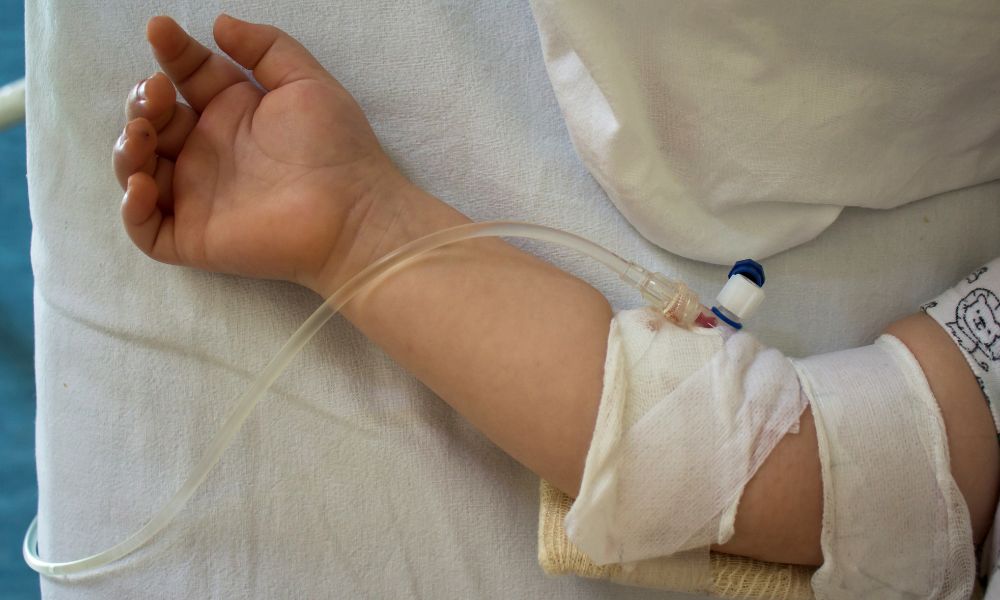Locating veins for newborn IV insertion can be challenging due to the unique physiology of infants. Accessing a newborn’s veins is crucial for delivering life-saving treatments and medications. Only trained medical professionals can do this procedure. Each professional must know how to perform IV insertion and minimize discomfort to the baby. Find out what tricks medical professionals use to locate veins for newborn IV insertion.
Warm the Skin
Gently warming the baby’s skin can dilate the veins, making them more visible for insertion. This technique works by applying a warm compress to the targeted area for a few minutes to prepare the area before feeling for veins. The warmth also ensures a smoother and more accurate puncture.
Gravity
One technique to promote venous filling and improve the visibility of the veins is to hold the baby’s limb slightly lower than the level of the heart. By doing so, gravity assists blood flow and enhances the visibility of the veins. This simple yet effective method can benefit IV insertion and infant examinations.
Transillumination
A transillumination device is a specialized medical tool that uses soft light to enhance the visibility of veins beneath a baby’s skin. This non-invasive technique allows healthcare professionals to see veins that are not visible on the surface of the skin, aiding in procedures such as venipuncture or intravenous catheter placement. When medical professionals have a clear view of the veins, a newborn’s medical intervention becomes safer.
Ultrasound
An ultrasound machine helps medical professionals locate deep veins that may struggle with blood flow due to factors like obesity or anatomical complexities. Using ultrasound technology allows healthcare workers to detect and diagnose venous conditions.
Tapping or Stroking the Skin
Gently tapping or stroking the skin over the vein can cause it to dilate, which makes it easier to see, palpate, or feel the vein. This technique allows healthcare professionals to locate and access the veins for blood draws or intravenous therapy.
Utilizing these techniques is vital for locating veins in newborns for IV insertion. Healthcare providers who work with infants should know how to ensure the safe delivery of life-saving treatments. Continue your education in IV administration, and learn about the latest techniques at CPR123 by enrolling in our specialized IV administration training courses. You can develop your healthcare skills and make sure your smallest patients receive the highest level of care.







